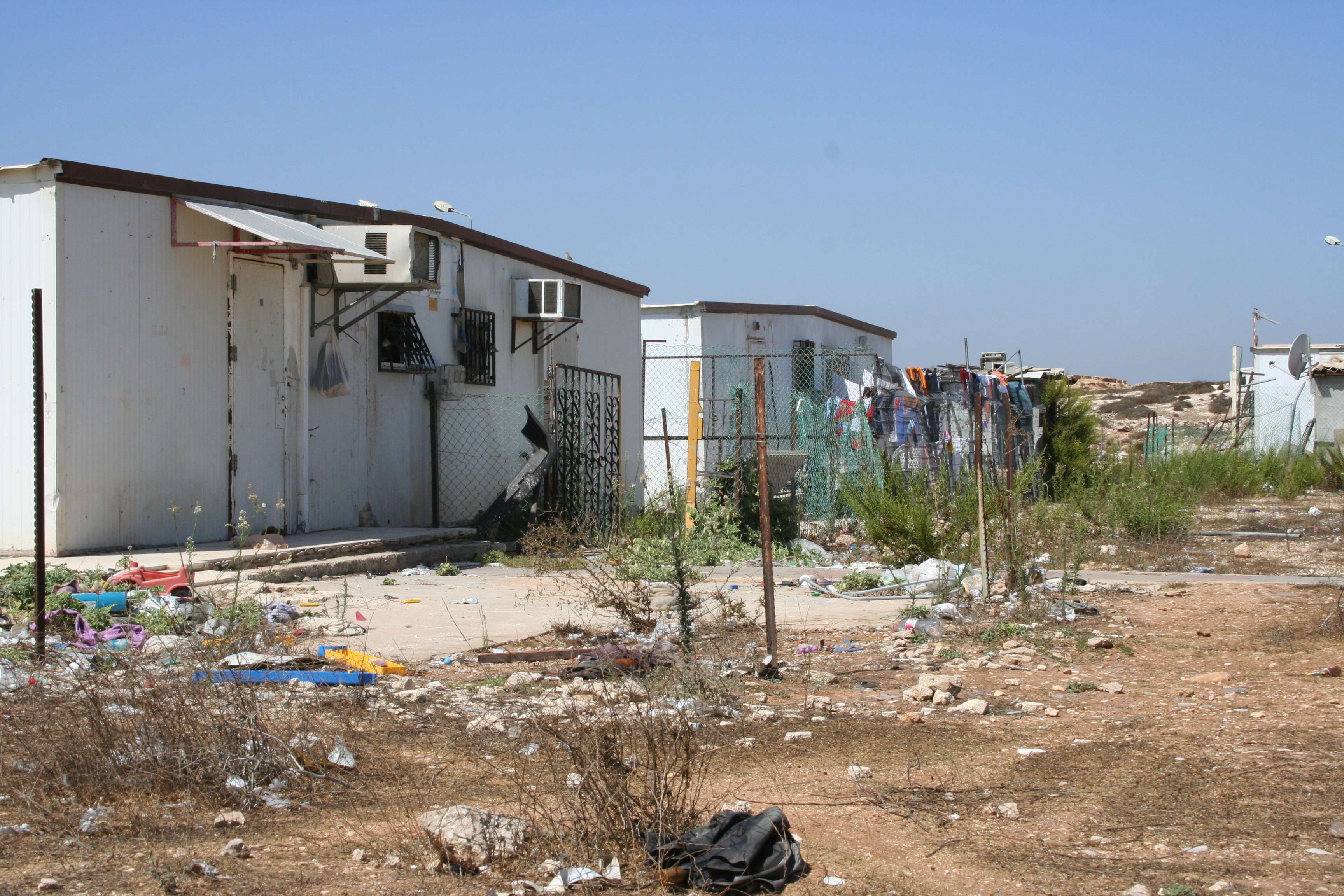
2005-09-22—Ethiopian settlements in Israel
Redeveloping a former
settlement for olim
overlooking Jerusalem
jewishsightseeing.com, September 22, 2005
 |
2005-09-22—Ethiopian settlements in Israel |
|||
|
|
||||
|
|
jewishsightseeing.com, September 22, 2005 |
|
By Ira Sharkansky
How is this (the attachment) as a cover picture for a book a
colleague and I are writing, Politics and Planning in the Holy City?

This is part of what is left from caravans (trailers) located
on a site called "Givat Hamatos" to house some of the second wave
of Ethiopian immigrants. The immigration began with a first wave in the
early 1980s, thanks to a campaign by socially aware American Jews, who felt
it important to move Ethiopia's Jewish community to Israel. Two large
movements appeared to emotional welcomes, along with sentiments that the
people be settled in someone else's neighborhood.
Jerusalem was no more enthusiastic than other cities to take
its share of Ethiopians, but the pressure mounted. Municipal planners
suggested a location in the new neighborhood of Pisgat Ze'ev, but residents
offered several reasons why it was not suitable. They suggested alternative
sites in the upper income neighborhoods of Rehavia and Beit Hakerem.
Givat
Hamatos was an empty hillside, cold and windswept in the winter, in the far
south of the municipal area. It was close to the Arab cities of Bethlehem
and Beit Jallah, and included a
mine field left over from a previous war. No one could complain that housing
for immigrants would cause a drop in their property value.
The
Ministry of Construction and Housing began locating caravans there in 1991.
The municipality balked, claiming
that the area would quickly become a slum. This delayed things, but in
August 1992 families began moving in. The Ministry earmarked 100 caravans
for immigrants from
In June, 2000 the Ministry of Construction and Housing and the Ministry of Immigrant Absorption announced its intention to empty the location by the end of the year. Five years later, the Ministry said again that it would close the site by the end of the year.
There
is a plan to develop a large hotel and upscale apartments. What was once
viewed as a remote and undesirable area suitable for immigrants is now
perceived as a sizable hilltop with a stunning view of Sharkansky is a member of the political science department at Hebrew University in Jerusalem |